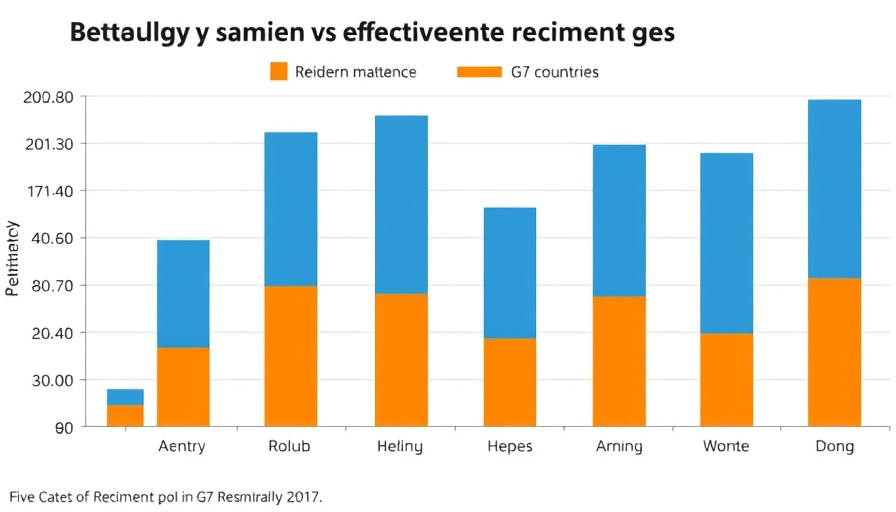
Understanding the Employee vs. Independent Contractor Dilemma
The recent announcement from the Department of Labor (DOL) regarding the classification of workers as employees or independent contractors highlights significant shifts affecting workforce strategy. The DOL's Field Assistance Bulletin No. 2025-1 stated that for the moment, the analysis contained in the controversial 2024 rule will not be enforced. This change leaves many employers uncertain about how to classify their workforce, which is critical for maintaining compliance with Fair Labor Standards Act (FLSA) regulations regarding overtime and minimum wage.
What Prompted the DOL's Change?
The Biden administration's 2024 rule was criticized for imposing stricter conditions on the classification of independent contractors, prompting an array of lawsuits. Now, the Trump administration is stepping in, suggesting a potential pivot back to the 2008 guidelines. This flip-flop underscores the precarious nature of labor classification and the tensions prevalent in aligning employee performance and organizational needs with legal definitions.
The Economic Realities Test Revisited
As the DOL reverts to using Fact Sheet 13, employers must return to the economic realities test to determine worker status. This test evaluates seven key factors, including the degree of control and the nature of the relationship, all integral to establishing a sound workforce strategy. Each of these aspects plays a role in talent management and speaks volumes about a company’s commitment to fostering a high-performance culture.
Implications for Business Decision-Making
The ambiguity surrounding current classification can hinder companies from making informed decisions about talent management and operational practices. With a people-first leadership approach, organizations must ensure that they support both employee engagement and workforce optimization. The uncertainty over classification impacts succession planning and leadership development, areas critical for maintaining a competitive edge in the market.
Looking Ahead: What Might Change?
Moving forward, organizations will have to keep a close eye on the evolving policies from the DOL. The question remains: will the Trump administration manage to formalize a new standard for worker classification? The answer could reshape how businesses view employee performance and retention strategies.
It is crucial for CHROs, VPs of Talent, and operational leaders to stay informed and agile in this rapidly changing landscape. Understanding the implications of these classification changes is not just about compliance but also positions companies for better workforce strategies that align with both legal and market demands.
 Add Row
Add Row  Add
Add 




Write A Comment